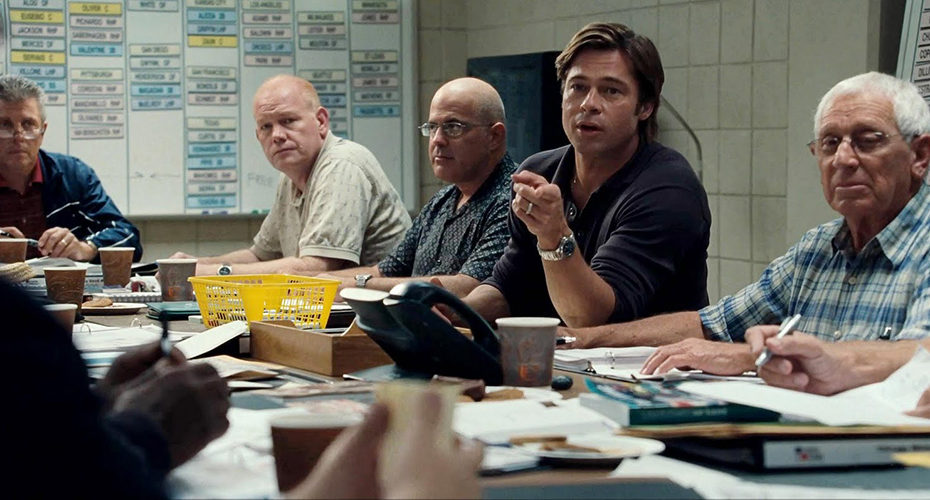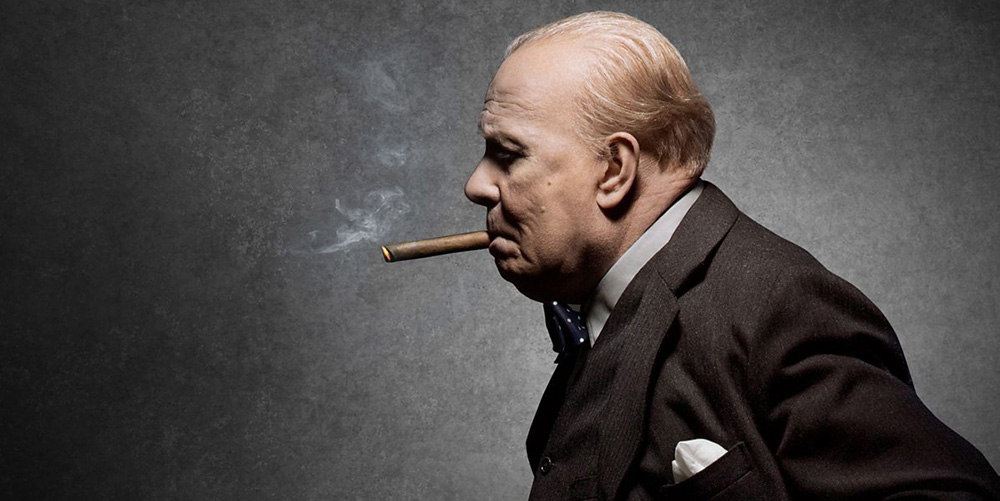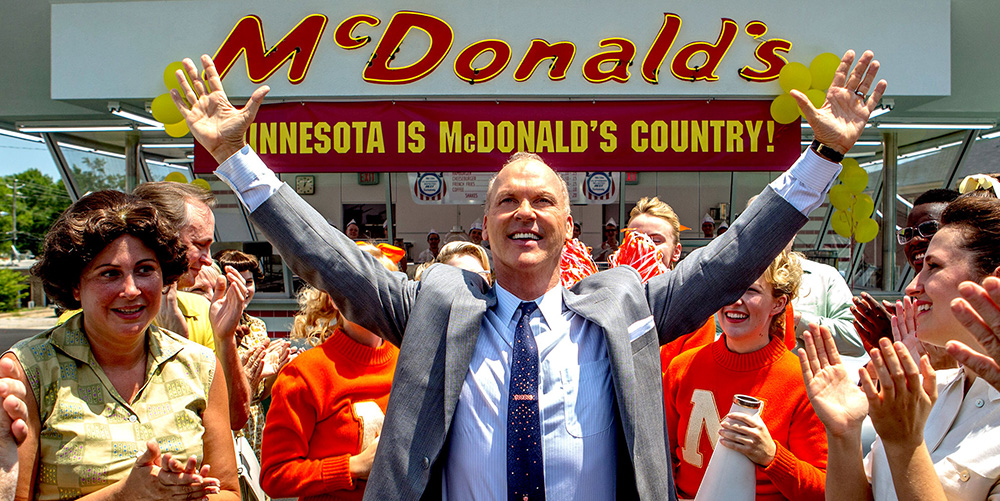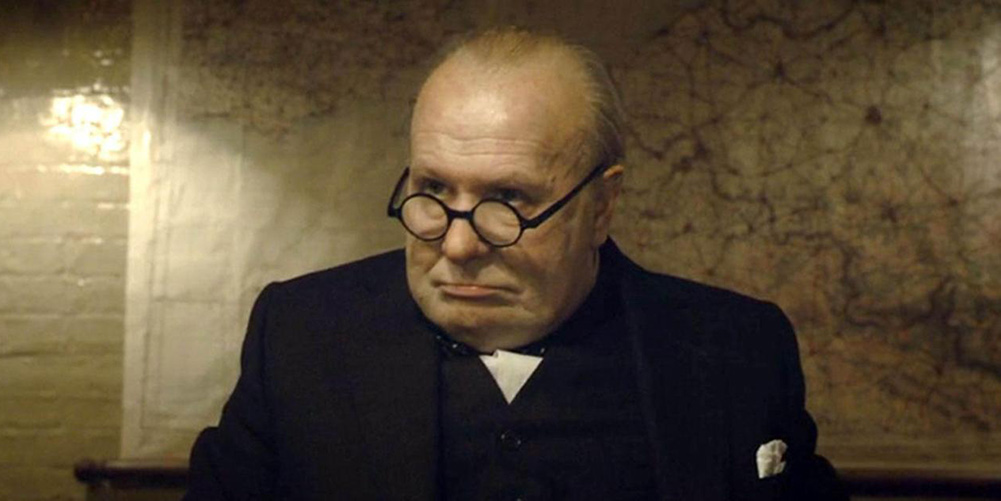Organisations with a strong sense of tradition and history can sometimes close the door to new approaches that might yield better results.
In Moneyball, Oakland Athletics General Manager Billy Beane (Brad Pitt) shakes up one such establishment: professional baseball. Dispensing with traditional player scouting techniques, Beane uses statistical measurement of players’ value to assemble a team capable of challenging their wealthier competitors.
In the process, he achieves something unprecedented in baseball history; and delivers some great leadership lessons for all of us.
Challenge the process
Moneyball is a perfect illustration of Kouzes and Posner’s leadership behaviour Challenge the Process. The team has done well the previous season but with three star players leaving for better contracts, there’s no money to recruit similarly talented replacements. Replacing players ‘like for like’ will only result in an inferior team.
Billy can see the team need a different approach. “If we try to play like the Yankees in here”, he tells his scouting team, “we’ll lose to the Yankees out there.”
He finds a willing ally in reticent economist Peter Brand, a Yale graduate whose lack of baseball experience has left him on the periphery of the game. Billy realises that Peter’s statistical approach to player measurement could hold the key to assembling a low-budget team who can compete at the highest level, and quickly brings him on board.
Focusing on strengths, and working around weaknesses
The secret to Peter’s approach is what it measures. Instead of relying on the intuition and experience of the team’s scouting network, Peter’s system values players almost entirely on the number of times they get to first base – the key metric for success.
As a result, Beane recruits low-cost players who have been labelled as ‘defective’ for varying reasons. One has an unorthodox throwing style. Another is too old. The most striking example, Scott Hatteberg, can’t throw at all because of nerve damage and has been passed up by all the major league outfits.
The focus on all their recruits is what they can do, and not what they can’t. Beane and his coaching team work around their weaknesses rather than let them become an issue. In Scott’s case, he’s trained to play a new position – first base – to work around his throwing issues.
Driving through change
The baseball establishment is mostly appalled by Billy’s novel approach to team selection, including his own coaches, manager and scouts. He’s accused of denigrating what scouts have done for 150 years, of ruining the team. He also faces a major blocker to success: Art Howe, the team manager. Art decides who takes the field and, having not bought into the approach, refuses to field players who might make the approach work.
When the team starts badly, the critics feel vindicated. Only then does Billy understand that he hasn’t committed himself 100% to his own approach, or helped others to buy into it. He realises he needs to remove the remaining obstacles to success – even if it means risking getting fired if he’s wrong.
Consequently, Billy takes swift action by:
- selling two more of his best players: one to prevent Art from meddling with team selection, and one because he’s a disruptive influence in the dressing room.
- removing some of the team’s minor niggles – including doing a deal for free soda as part of his player trading.
- getting closer to his players – explaining the approach, getting buy in and building team spirit. He also clears the air with his most experienced player and encourages him to act more as a leader.
The results are stunning. The team embarks on an unprecedented winning streak, winning 20 games in a row – an American League record. Despite losing once more in postseason, they win the same number of games as the New York Yankees but at a cost of just $230k per win as opposed to the Yankees’ $1.4m.
It’s fitting that Scott Hatteberg – the man rejected by every other club because he couldn’t throw – seals the record 20th win with a home run.





